

— Blogs —
—Products—
 Consumer hotline +8618073152920
Consumer hotline +8618073152920 WhatsApp:+8615367865107
Address:Room 102, District D, Houhu Industrial Park, Yuelu District, Changsha City, Hunan Province, China
Product knowledge
Time:2025-10-15 15:54:48 Popularity:508
In modern fluid management, precise water flow measurement is the foundation for energy-saving control, leak detection, and fair metering. Traditional mechanical flow meters (such as turbine or electromagnetic types) face numerous challenges in practical use:
- Mechanical wear leading to accuracy degradation;
- Need for regular calibration and maintenance;
- Pressure loss causing energy waste;
- Inability to achieve real-time data linkage.
Ultrasonic water flow meters, with their non-contact measurement, zero pressure loss, long lifespan, and high precision, are becoming the preferred choice in municipal, industrial, and agricultural fields. Their emergence marks a major technological leap from "mechanical measurement" to "intelligent acoustic metering."
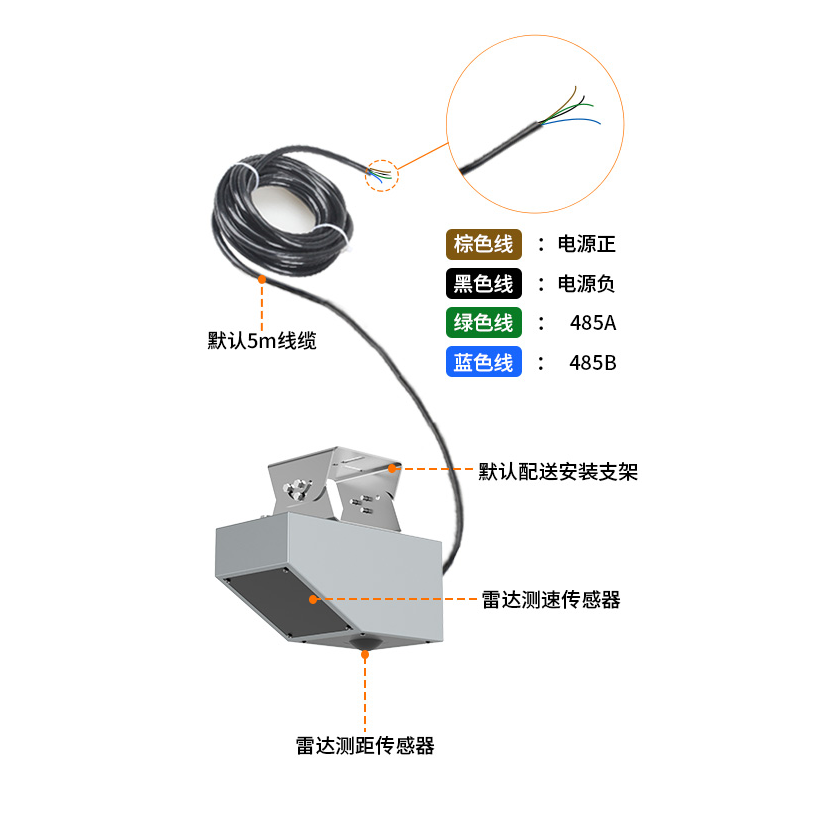
Completely eliminates wear, jamming, and clogging issues. Even during long-term operation, it maintains high stability and accuracy.
Stable measurement in extremely low and high flow rates, with a turndown ratio up to 100:1, ideal for nighttime leak detection and dynamic flow analysis.
Clamp-on (Clamp-on Type) design allows direct fixation to the outer pipe wall, without cutting or shutdown, truly achieving "zero-interference installation."
Whether clamp-on or inline structures, they do not affect fluid flow state, enabling true non-destructive metering.
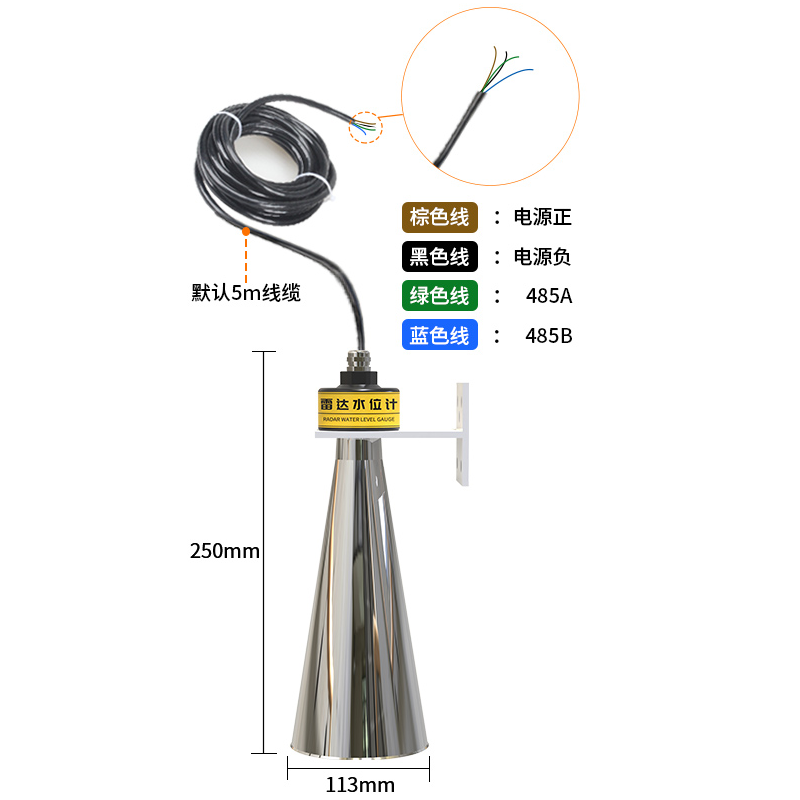
Principle:
Two ultrasonic sensors alternately send sound waves along and against the fluid direction. Due to the fluid flow, the downstream propagation time is shorter (tdown), and the upstream is longer (tup). The time difference is proportional to the flow velocity.
Formula Summary:
Flow Velocity V ∝ (tup - tdown)
Application Scenarios:
Suitable for clean, uniform fluids (tap water, pure water, cooling water), with accuracy up to ±0.5%. It is the preferred technology for water utility metering and energy efficiency monitoring.
Principle:
After emitting sound waves, particles or bubbles in the fluid reflect the waves, with the reflected wave frequency changing with flow velocity (i.e., "Doppler effect").
The flow velocity can be calculated by measuring the frequency shift.
Application Scenarios:
Suitable for liquids containing suspended solids or impurities, such as sewage, sludge, pulp, and mineral slurry.
Note:
The Doppler method is not suitable for pure water (due to lack of reflective particles), while the transit-time method is not suitable for turbid fluids. Selection should be based on medium characteristics.
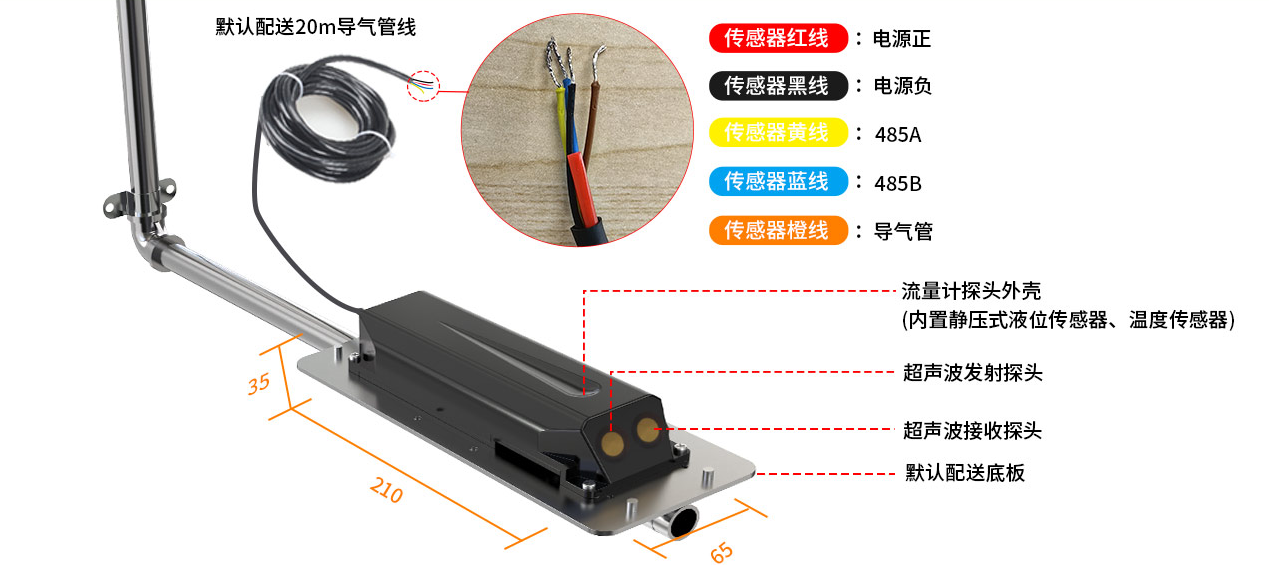
A city water supply company needed high-precision flow monitoring on an 800 mm diameter main pipeline without interrupting water supply to detect nighttime leaks.
Traditional flow meters required pipe cutting and water shutdown for installation, with high costs and impact on supply.
NiuBoL Solution:
Adopted a clamp-on transit-time ultrasonic flow meter. Technicians installed sensors only on the outer pipe wall, enabling real-time data collection.
Detected abnormal flow at 2 a.m., locating underground leak points;
Annual water savings exceeded 1 million cubic meters;
Construction costs reduced by 80%;
Data collection cycle shortened by 90%.
Such cases fully demonstrate that clamp-on ultrasonic flow meters are the ideal choice for urban pipe network leak management.
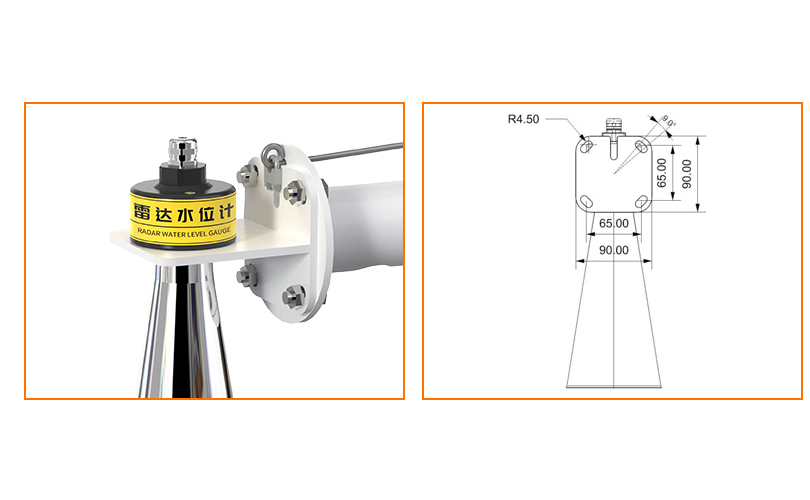
| Application Field | Typical Uses | Technical Features |
| Municipal Water Supply | DMA zoning metering, leak detection, large-diameter pipe network flow analysis | High precision, zero pressure loss |
| Industrial Processes | Cooling water, circulating water, chemical medium monitoring | Pressurized installation, data networking |
| Agricultural Irrigation | Irrigation pipeline and channel flow monitoring | IoT integration, remote monitoring |
| Energy and Environmental | Wastewater, hot water, condensate flow metering | Multi-channel signal compensation, strong anti-interference |
Future ultrasonic flow meters will fully upgrade in the following directions:
- Multi-channel design: Enhances measurement stability under complex flow profiles;
- IoT + AI integration: Real-time data upload, cloud analysis, and remote maintenance;
- Energy optimization linkage: Collaborates with pump station energy monitoring for energy-saving scheduling;
- Visualized operations: Remote diagnostics of sensor status and calibration deviations via instrument cloud platforms.
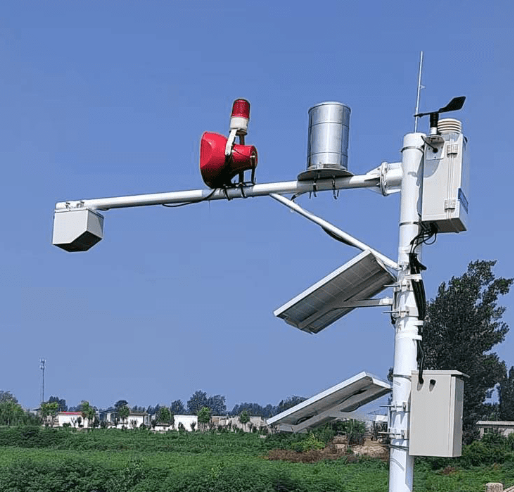
NiuBoL — Your Flow Management Expert
We provide industry-leading ultrasonic flow meter solutions, covering full series of clamp-on, insertion, and inline products.
All devices undergo precise fluid dynamics testing, ensuring ±0.5% high accuracy and long-term stability.
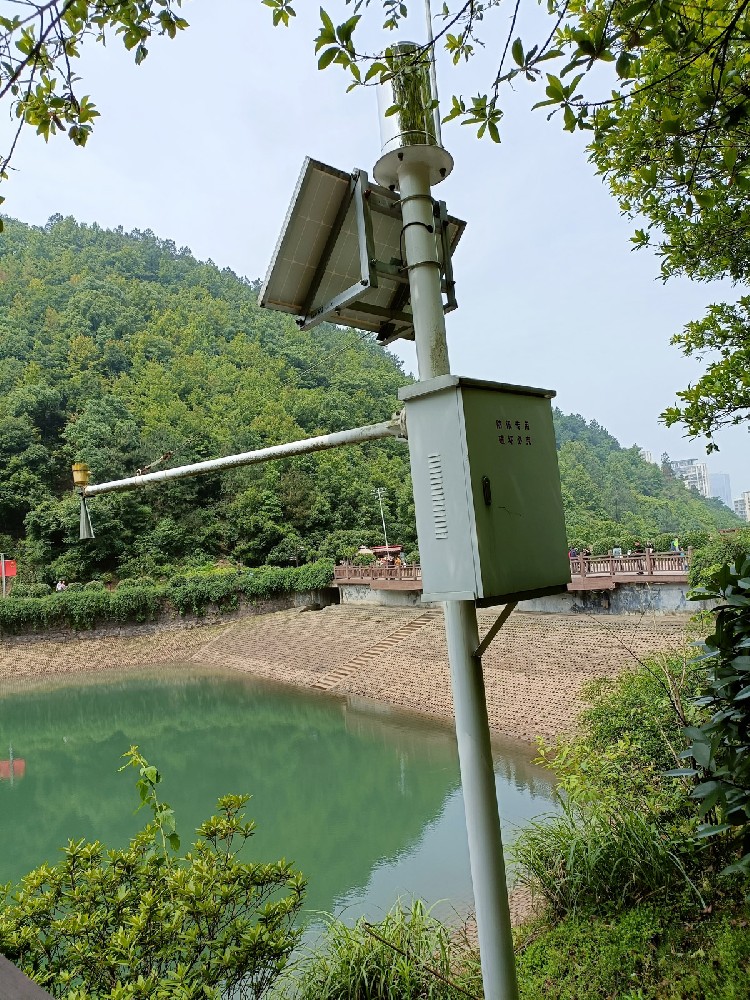
A: Yes. Suitable for uniform materials like steel, stainless steel, PVC, PE. If the pipe has thick linings or contains bubbles, on-site testing is required for verification.
A: No. Transit-time is for clean water; Doppler is for liquids with impurities. The two technologies target different medium environments.
A: Ultrasonic flow meters have no mechanical parts; clamp-on types require almost no maintenance. Recommend calibration checks every 5 years.
Prev:Dissolved Oxygen Probes Explained: Selection, Calibration, and Maintenance for Water Quality
Next:Ultimate Buyer's Guide to Water Tank Level Sensors: 7 Types Compared
Related recommendations
Sensors & Weather Stations Catalog
Agriculture Sensors and Weather Stations Catalog-NiuBoL.pdf
Weather Stations Catalog-NiuBoL.pdf
Related products
 Combined air temperature and relative humidity sensor
Combined air temperature and relative humidity sensor Soil Moisture Temperature sensor for irrigation
Soil Moisture Temperature sensor for irrigation Soil pH sensor RS485 soil Testing instrument soil ph meter for agriculture
Soil pH sensor RS485 soil Testing instrument soil ph meter for agriculture Wind Speed sensor Output Modbus/RS485/Analog/0-5V/4-20mA
Wind Speed sensor Output Modbus/RS485/Analog/0-5V/4-20mA Tipping bucket rain gauge for weather monitoring auto rainfall sensor RS485/Outdoor/stainless steel
Tipping bucket rain gauge for weather monitoring auto rainfall sensor RS485/Outdoor/stainless steel Pyranometer Solar Radiation Sensor 4-20mA/RS485
Pyranometer Solar Radiation Sensor 4-20mA/RS485
Screenshot, WhatsApp to identify the QR code
WhatsApp number:+8615367865107
(Click on WhatsApp to copy and add friends)
